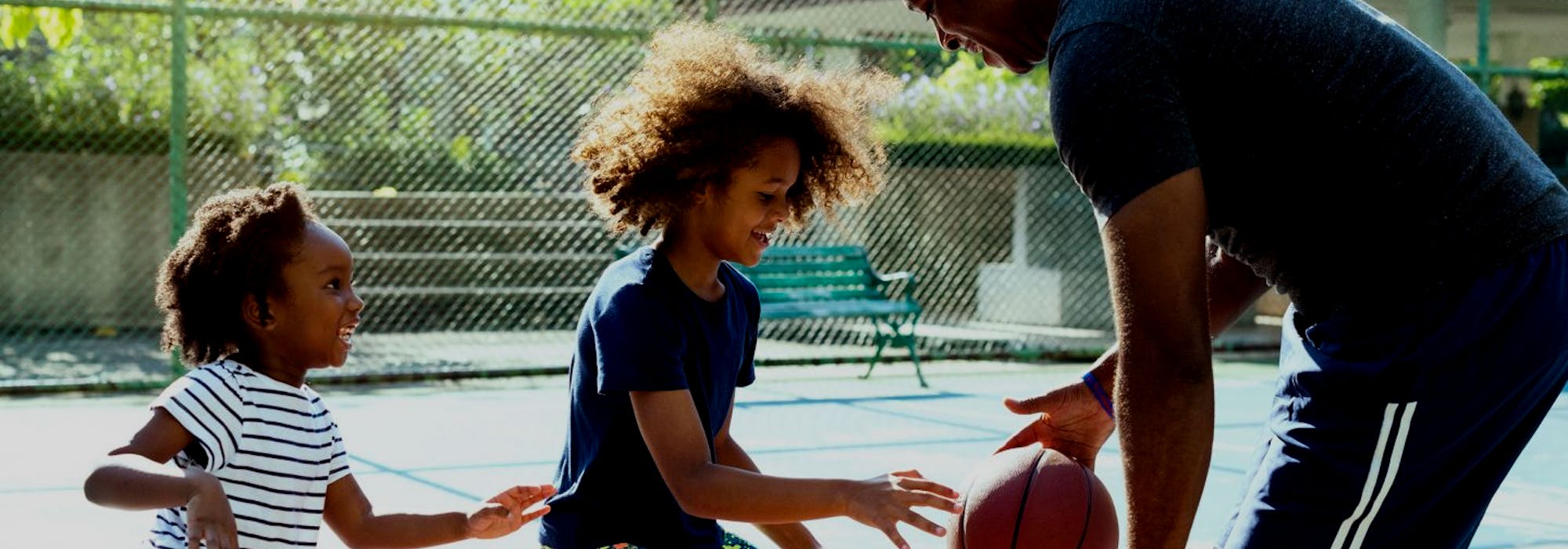Has Your Child Been Diagnosed with Muscular Dystrophy?
For a parent, the only thing worse than facing a chronic health issue is seeing your child have to face one.
When faced with a chronic diagnosis like this, taking early steps to help your child succeed with pediatric speech and occupational therapy can make a huge difference in their quality of life as they age.
If you are facing a diagnosis of muscular dystrophy in your child, it is never too early to contact our Therapists to learn more about the modes of support available to you. Call Southern Pediatric Therapy Clinic today to learn more.
How can I recognize the signs of muscular dystrophy?
For most parents of children with muscular dystrophy, the diagnosis comes as a huge surprise. The condition is not commonly discussed until the child is between the ages of 3-5, which is when most children start to become more independent and begin attending school.
At this time, there are certain signs parents ought to be on the lookout for. These indicators could point to a problem such as muscular dystrophy, or they could be indications of lesser issues that would still benefit from pediatric treatment with our Speech and occupational therapy services.
These indicators include:
- Waddling gait
- A slow run
- Frequent toe walking
- Reoccurring tumbles
Weakness in the hips and legs is the most common first sign of muscular dystrophy, though the weakness will eventually lead to other areas of the body, regardless of where it begins.
Working with our Therapists can be helpful in providing additional support to muscle development.
At first, intensive speech and occupational therapy can combat some of the muscle loss. The goal of pediatric speech and occupational therapy is to help children develop muscle strength to become as flexible, strong, and symmetrical as possible.
The therapy will include a combination of exercises, stretches, and posture training, and may also extend to include additional treatment methods.
Speech and occupational therapy and muscular dystrophy
Speech and occupational therapy are integral to maintain muscle functioning and avoid joint problems. The goals of such therapies are to help a patient stay as flexible, strong, and symmetrical as possible. Our Therapists work with children to exercise, stretch, and maintain appropriate posture.
Many parents rely on therapists to assist their child’s school staff with modifications, advocate for the family and communicate with insurance companies. Speech and occupational therapy can help support your child and improve their abilities and level of independence.
Get your child started on the right track! Contact us today
Speech and occupational therapy can be tremendously helpful tools, especially in the face of a muscular dystrophy diagnosis.


